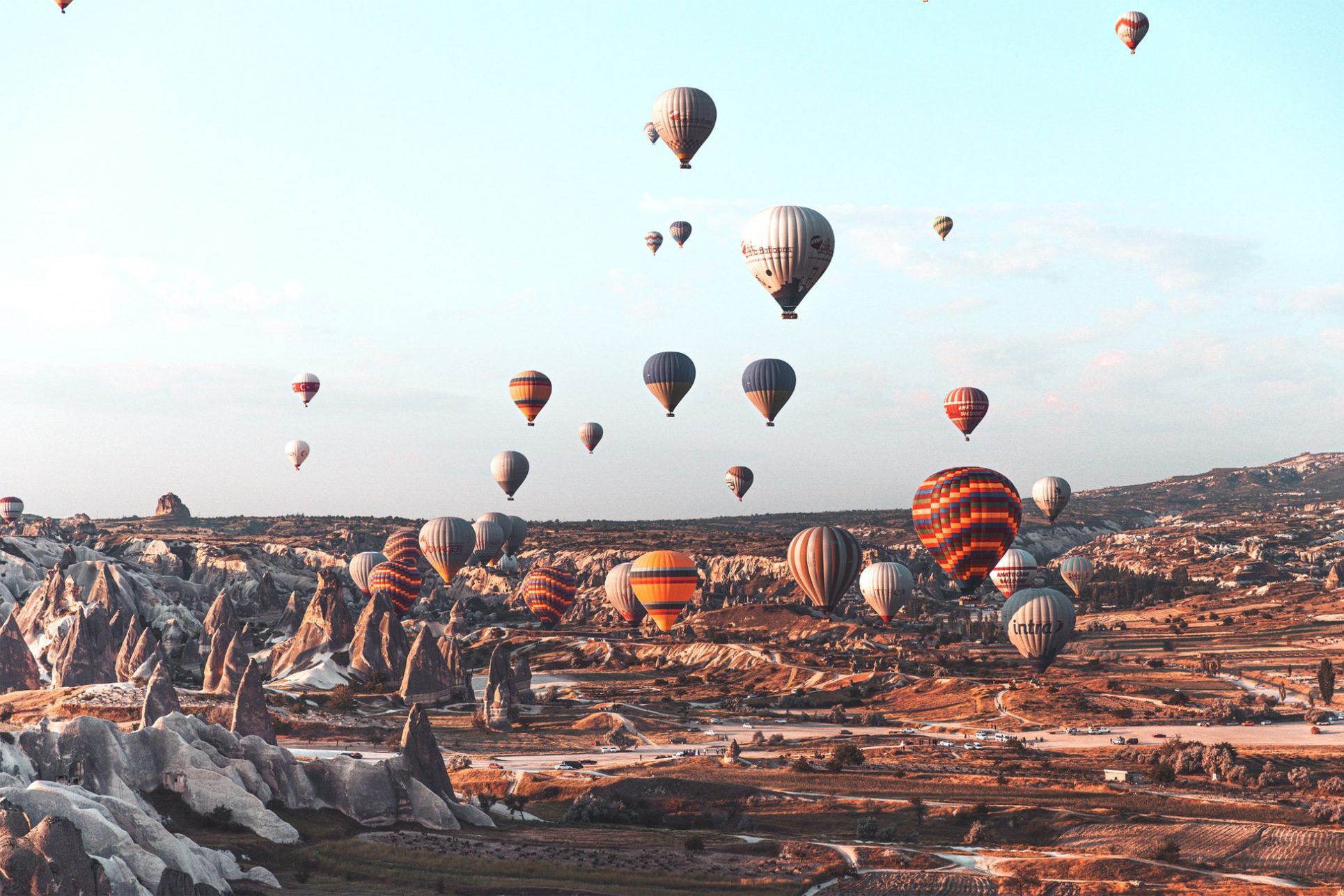Germany, Switzerland & Austria
-
12 Day Classic Romania
Discover local flavors Learn about traditional tracks Escorted tours High quality accommodation
-
12 Day Albania, Montenegro, Croatia & Slovenia
Discover local flavors Learn about traditional tracks Escorted tours High quality accommodation
-
13 Day Turkish Treasures with Cappadocia
Discover local flavors Learn about traditional tracks Escorted tours High quality accommodation
-
12 Day Central Europe with Warsaw & Krakow
Discover local flavors Learn about traditional tracks Escorted tours High quality accommodation
-
North Macedonia 9 Day
Discover local flavors Learn about traditional tracks Escorted tours High quality accommodation

Germany
From half-timbered medieval towns to cosmopolitan cities, Germany offers a thoroughly engaging mix of tradition and modernity. You can explore Bavaria’s magnificent baroque palaces one day, and immerse yourself in Hamburg’s cool, redeveloped Hafen City the next. In hip Berlin, historic sites such as the Brandenburg Gate and contemporary art galleries create exciting contrasts. Throughout the country, discovering world-class museums and cutting-edge design is as quintessentially German as grabbing a stein of beer at a centuries-old biergarten.
Berlin is at the forefront of new culinary trends! Going vegan and sustainable is taking off.
We’re not saying you can’t follow your normal diet but be open-minded to alternative eating trends. Whether you want to eat burgers, steaks, sausages or desserts – you can find everything vegan and vegetarian here. Most of the restaurants are sustainable and use local products, and some grow their own vegetables and herbs. If you’re looking for unusual places to eat, try Germany’s first Michelin-starred dessert fine dining restaurant Coda. To mingle with the locals, head to a brewery in winter or a beer garden in summer.Karlovy Vary
Berlin is notoriously more inexpensive than other German cities. Make the most of it.
Fresh fruit and vegetables, flowers, and delicacies from all over the world, plus a little chat: Berlin’s weekly markets are not just for shopping but also a popular meeting place. The large market halls with their sumptuous offerings are particularly popular. Alternatively, you can, of course, go to the biggest and most famous department store KaDeWe or shop till you drop in local designer and vintage shops or at a flea market like a true Berliner. And during advent, you should definitely visit one of the many Christmas markets.
The Rhineland
The banks of the Rhine are crowned by magnificent castle after castle and by breathtaking, vine-terraced hills that provide the livelihood for many of the villages hugging the shores. In the words of French poet Victor Hugo, “The Rhine combines everything. The Rhine is swift as the Rhône, wide as the Loire, winding as the Seine . . . royal as the Danube and covered with fables and phantoms like a river in Asia.”
The importance of the Rhine can hardly be overestimated. Although not the longest river in Europe (the Danube is more than twice as long), the Rhine has been the main river-trade artery between the heart of the continent and the North Sea (and Atlantic Ocean) throughout recorded history. The Rhine runs 1,230 km (764 miles) from the Bodensee (Lake Constance) west to Basel, then north through Germany, and, finally, west through the Netherlands to Rotterdam.
Vineyards, a legacy of the Romans, are an inherent part of the Rhine landscape from Wiesbaden to Bonn. The Rhine tempers the climate sufficiently for grapes to ripen this far north, and the world’s finest Rieslings come from the Rheingau and from the Rhine’s most important tributary, the Mosel. Thanks to the river, these wines were shipped far beyond the borders of Germany, giving rise to the wine trade that shaped the fortune of many riverside towns. Rüdesheim, Bingen, Koblenz, and Köln (Cologne) remain important commercial wine centers to this day.
The river is steeped in legend and myth. The Loreley, a jutting sheer slate cliff, was once believed to be the home of a beautiful and bewitching maiden who lured boatmen to a watery end in the swift currents. Heinrich Heine’s poem Song of Loreley (1827), inspired by Clemens Brentano’s Legend of Loreley (1812) and set to music in 1837 by Friedrich Silcher, has been the theme song of the landmark ever since. The Nibelungen, a legendary Burgundian people said to have lived on the banks of the Rhine, serve as subjects for Wagner’s epic opera cycle Der Ring des Nibelungen (1852–72).
William Turner captured misty Rhine sunsets on canvas. Famous literary works, such as Goethe’s Sankt-Rochus-Fest zu Bingen (The Feast of St. Roch; 1814), Lord Byron’s Childe Harold’s Pilgrimage (1816), and Mark Twain’s A Tramp Abroad (1880), captured the spirit of Rhine Romanticism on paper, encouraging others to follow in their footsteps.

Whether on snow-capped mountains or in glitzy resort towns, you can experience the high life in Switzerland. Visitors are elated by its soaring outdoor recreation, riding cable cars up peaks near the Matterhorn, sipping Swiss wine while cruising on a crystalline alpine lake, and skiing the immaculate slopes of St. Moritz. At the end of the day, lavish spas beckon, along with lively après ski scenes and pots of fondue. Sophisticated cities like Zurich and Geneva take luxury to new heights, with posh boutiques and upscale restaurants lining their cobblestoned streets.
There’s nothing better than free activities around a city – especially in Zurich where things do not come cheaply. There’s the memorial hall designed by Carsten Holler, a floating angel by Niki de Saint Phalle in a train station, a slingshot “Y” by Sislej Xhafa and the sculpture “Anne-Sophie” by Alex Hanimann.



Even if you’ve never been to Austria, chances are you’ve heard of Wiener schnitzel, the breaded and fried cutlet of veal, typically served with potatoes or a potato salad and some cranberry sauce. The number one place to try it is Figlmüller (they also have a vegan version). However, it’s not all about schnitzel in Vienna. Tafelspitz (filet of boiled beef) is another classic, and Plachutta is the go-to place for it. Vienna also has an ever-growing plant-based scene with Michelin-starred Tian and Swing Kitchen (for vegan fast food) among the local favorites.









